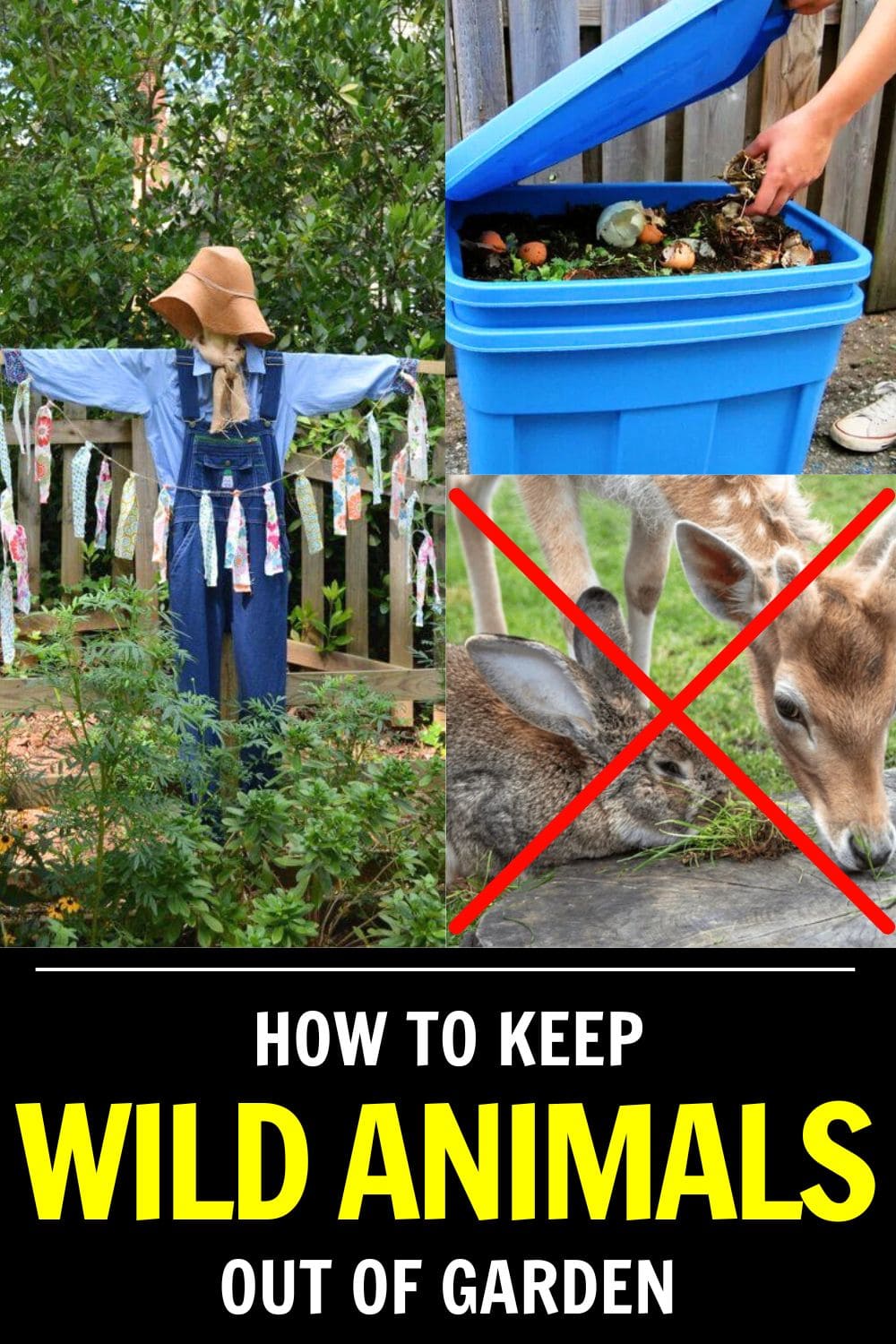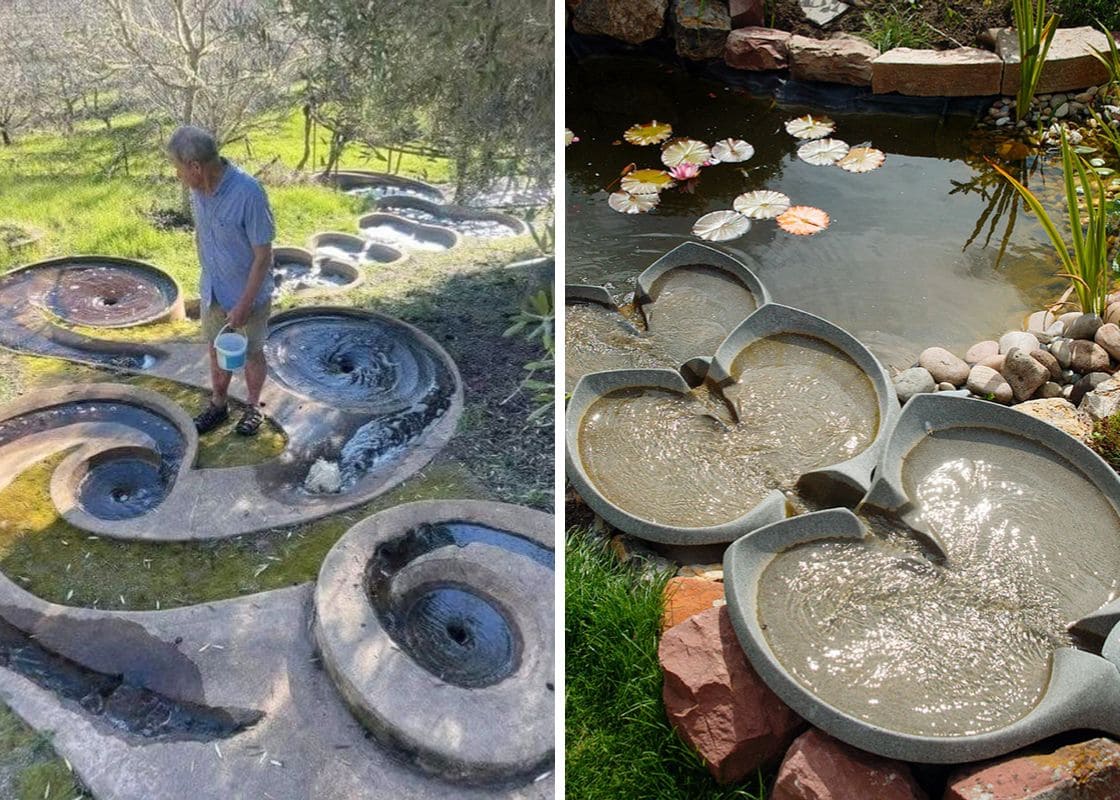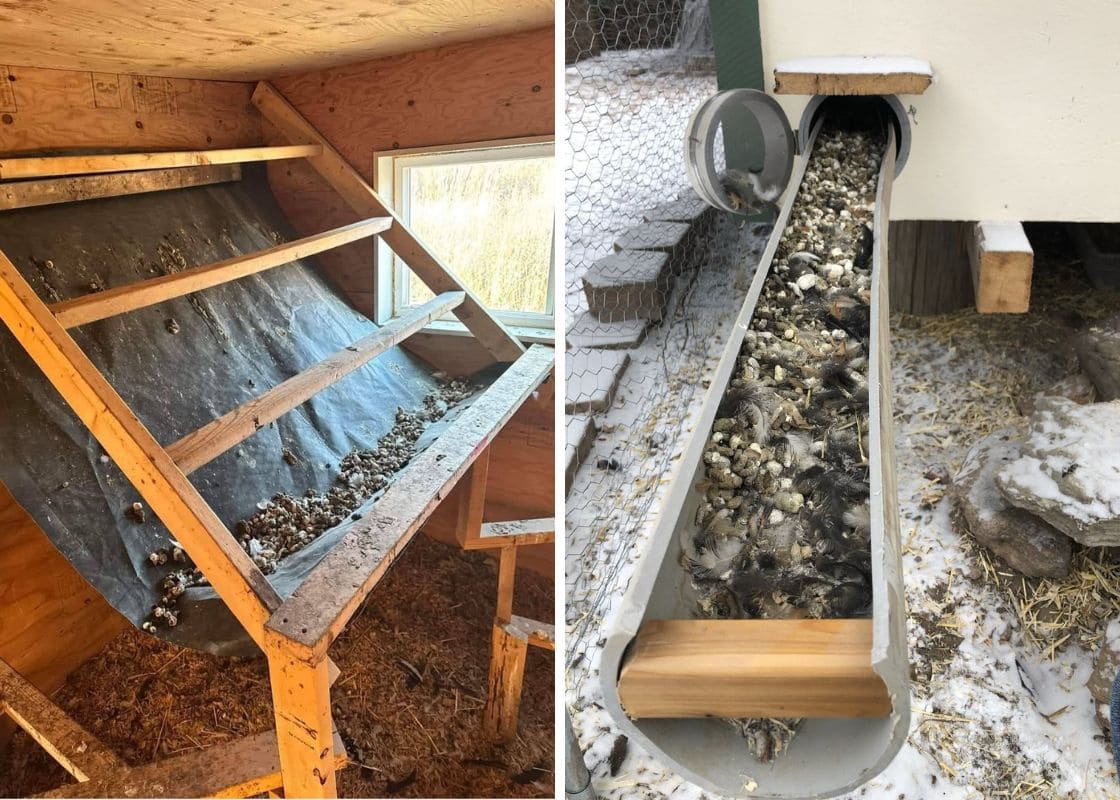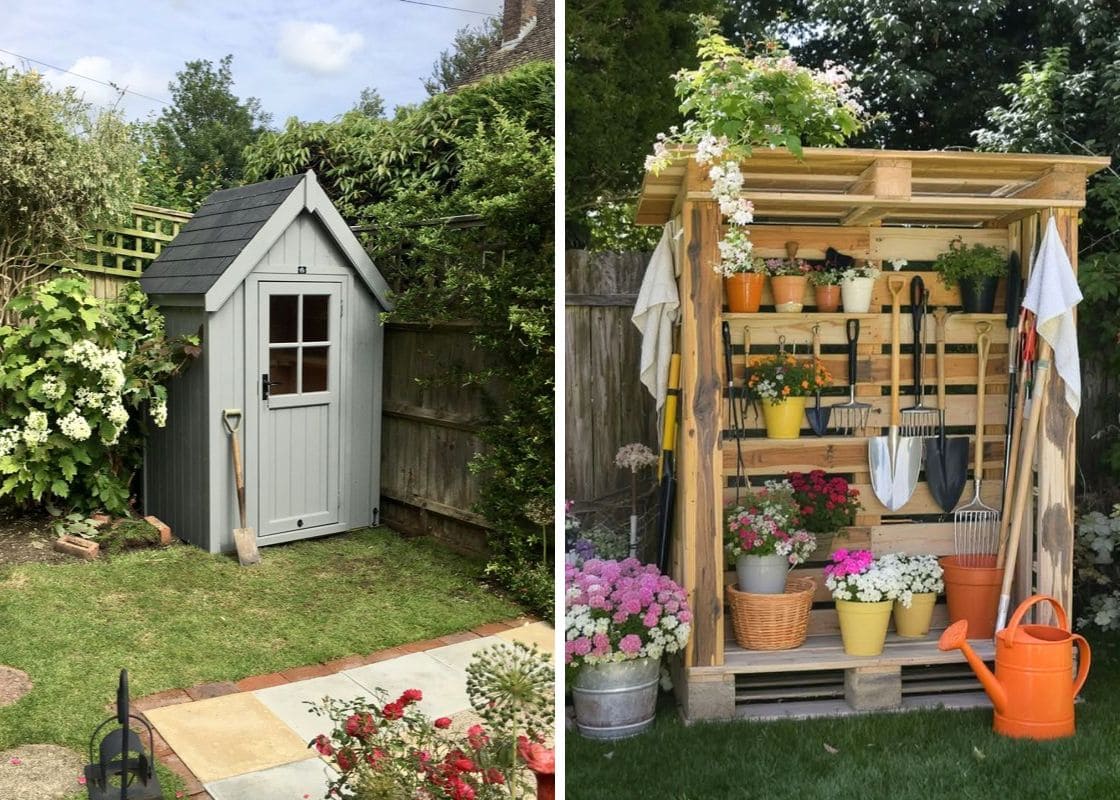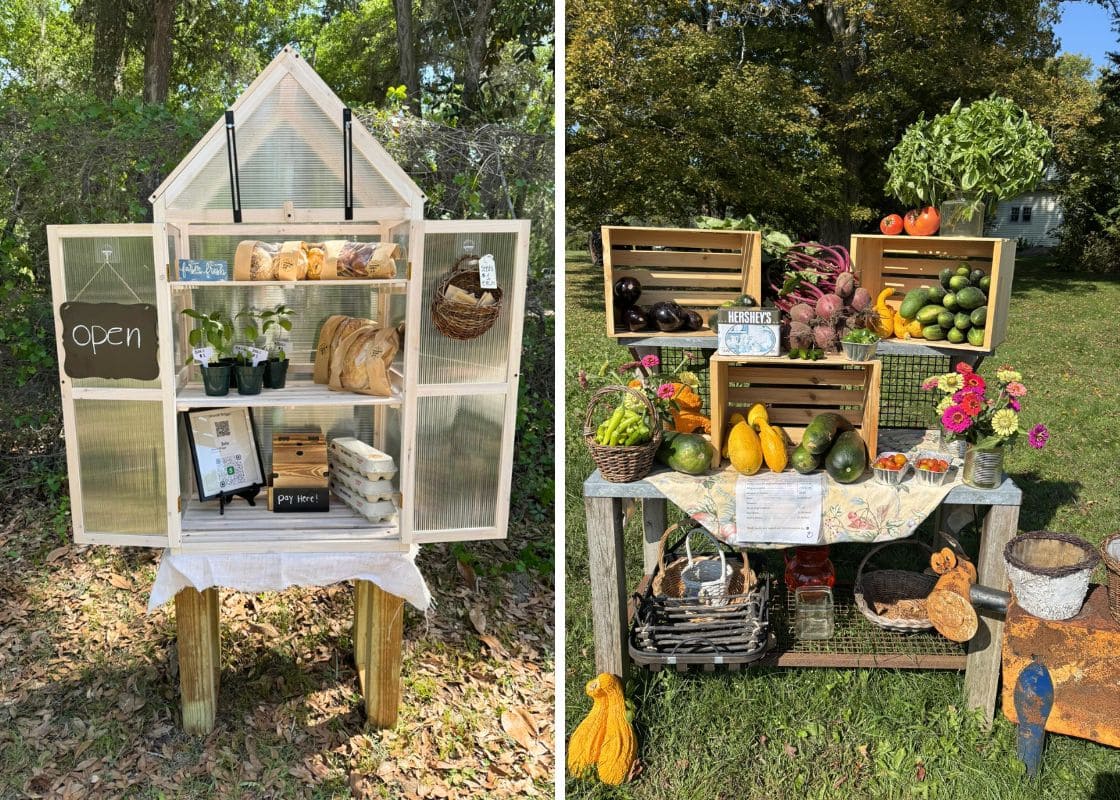It’s early morning. The dew’s still clinging to the kale, and the first rays of sunlight are spilling into your garden. You step out, coffee in hand, proud of the hard work you put into those raised beds and then you see nibbled lettuce and trampled flowers. That moment of peace has gone.
If you’ve ever sighed at a half-eaten zucchini or caught a squirrel red-pawed in your bird feeder, you’re far from alone. Whether you’re in the suburbs or out in the country, wild animals love gardens as much as we do.
The key is learning how to discourage them gently, without turning your space into a fortress. Let’s find out more ways to protect your plants without losing the soul of your garden.
The Trouble with Wildlife in the Garden
Most wild animals aren’t trying to be pests, they’re just hungry, curious, or looking for shelter. But their visits can leave quite a mess.
Deer may strip your shrubs overnight. Raccoons dig up freshly planted bulbs. Rabbits devour tender greens in a single sitting. Even birds, with their innocent flutters, can wreak havoc on berries and seedlings.
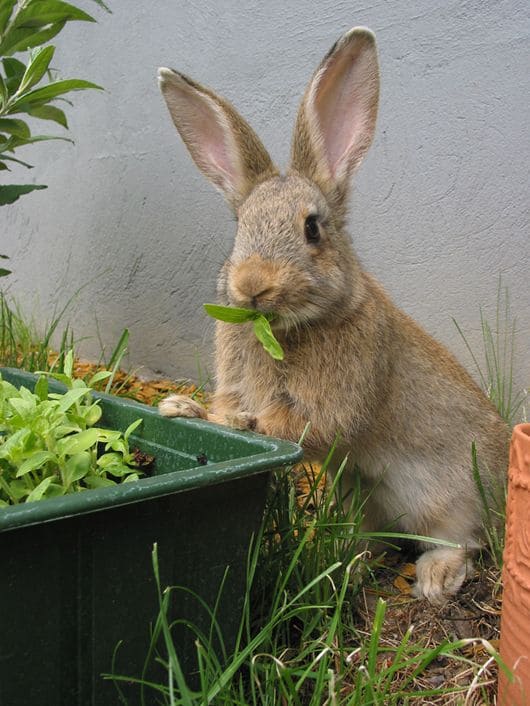
Beyond the visible damage, some animals introduce problems you can’t always see. They might carry ticks or fleas, contaminate compost, or invite bigger predators into your yard.
The emotional toll isn’t small either as watching weeks of care get wiped out overnight is enough to make anyone question their green thumb.
How to Tell What Animal Is Wreaking Havoc
Sometimes the clues are subtle. Sometimes they’re not. Deer tend to leave clean, torn leaves and missing buds. Their hoofprints almost heart-shaped are often pressed near garden edges. Rabbits, on the other hand, leave little round pellets and leave tidy, angled cuts on stems.
Raccoons are nighttime troublemakers. They dig in messy circles and often leave half-eaten fruit behind. Their prints look almost human with five fingers, clearly defined.
If you find disturbed soil or overturned pots, squirrels might be the culprits. Birds don’t leave footprints, but they do peck holes into tomatoes, leaving ruined fruit behind.
Timing also gives them away. If your garden looks fine at night but wrecked in the morning, you’re likely dealing with nocturnal guests like possums or raccoons. Damage during the day is probably squirrels, birds, or even stray pets.
7 Natural and Humane Ways to Keep Animals Out
1. Let Smell Be Your Secret Weapon
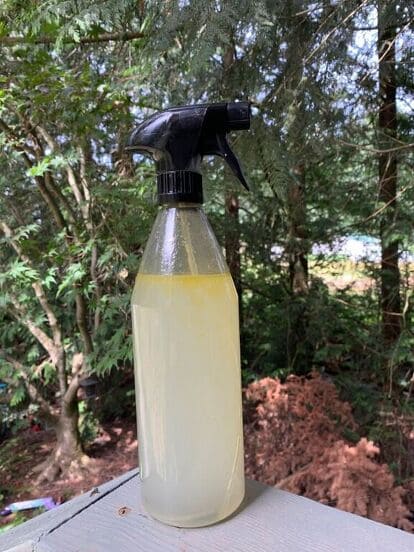
Wild animals rely heavily on their noses. That’s why strong scents can act like invisible fences.
I’ve had great luck with garlic and chili sprays, just blend a few cloves of garlic and a couple of chili peppers with water, strain it, and spritz it around the garden. It’s safe for your plants, but unpleasant for curious nibblers.
You can also soak cotton balls in peppermint oil or vinegar and tuck them into pots, corners, or garden borders. Some folks even swear by predator urine like fox or coyote sold in garden stores. It sounds strange, but it sends a clear message: “Danger lives here.”
2. Build a Barrier, But Keep It Beautiful
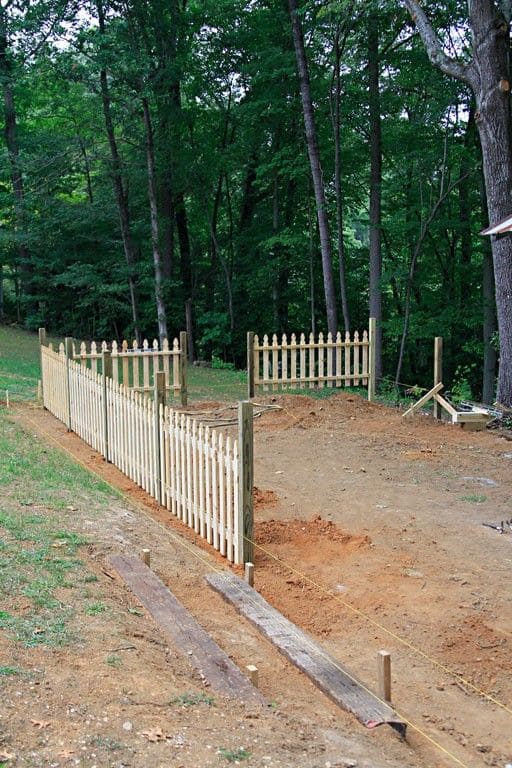
A good fence is still one of the most effective defenses. But it doesn’t have to be ugly or imposing. A wooden or wire fence, about 6 feet tall, will deter most deer. Burying the base at least 10 inches underground helps stop rabbits, groundhogs, and even armadillos from sneaking in.
For raised beds, I like using fine mesh or netting as it’s lightweight and nearly invisible from a distance. You can also get creative with decorative trellises, recycled materials, or even living hedges made of dense herbs like rosemary or lavender.
3. Add a Little Surprise with Motion and Sound
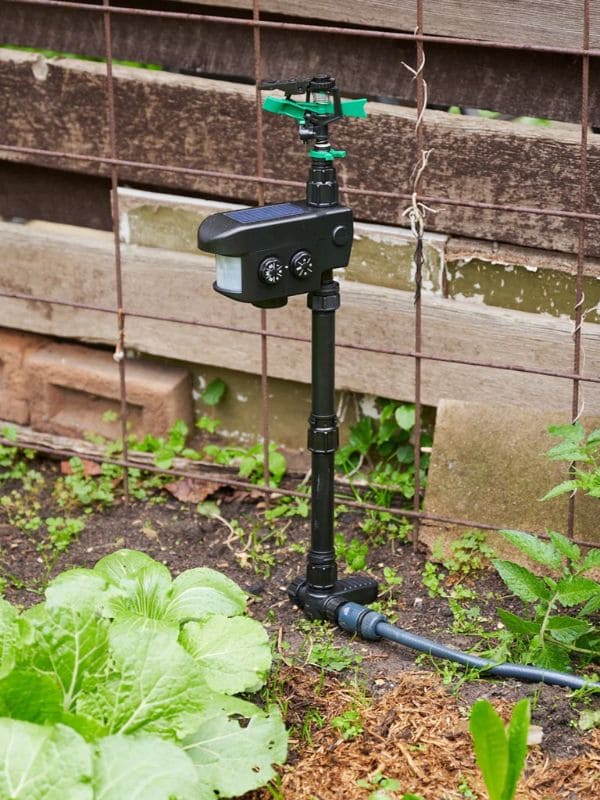
Animals are creatures of habit until something startles them. That’s where motion-activated sprinklers shine.
One unexpected burst of water, and your midnight guest is off running. Wind chimes, spinning pinwheels, and even solar-powered blinking lights can also keep them uneasy enough to stay away.
Some gardeners use ultrasonic repellents. These emit sounds at frequencies we can’t hear, but many animals can. Some of my friends say yes, they work. But like most methods, they do best when combined with others.
4. Let Plants Do the Talking
Mint, marigolds, lavender, onion, and garlic all have strong scents that deer, rabbits, and squirrels tend to avoid. You can plant them around the edges of your beds to form a living barrier.
It’s also smart to use companion planting techniques. For example, interspersing fragrant herbs with veggies can confuse animals looking for a clear food source.
5. Keep Things Clean and Unwelcoming
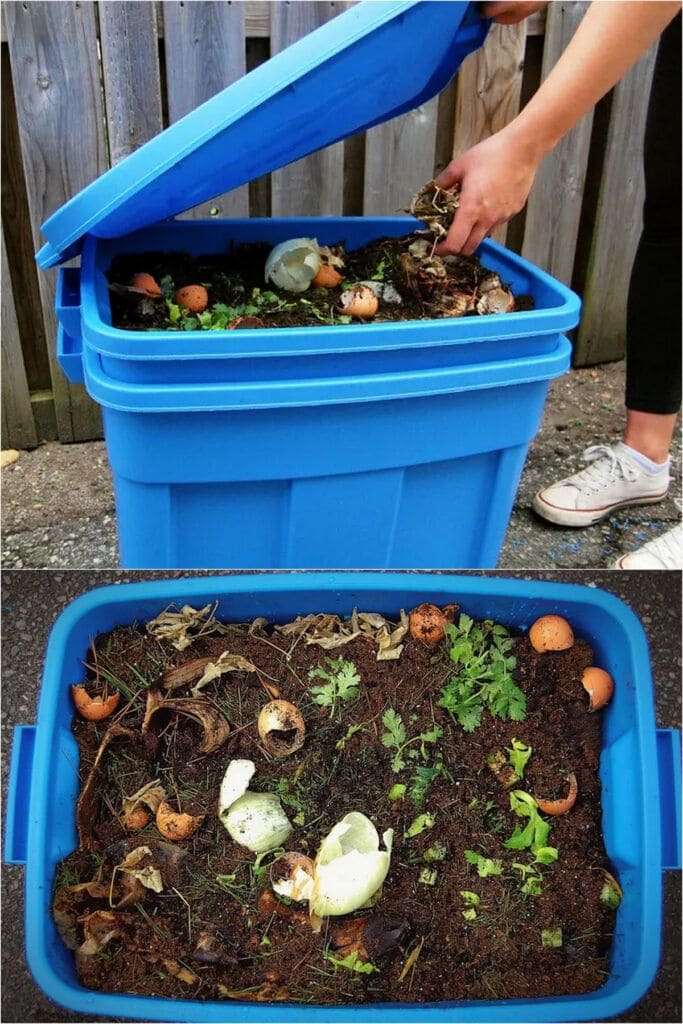
A garden full of fallen fruit, compost scraps, and dense brush is paradise. You should make it less inviting by harvesting produce regularly, securing your compost bin, and keeping grass trimmed and pathways clear.
If you have outdoor pet food, bring it in each night. And double-check that trash cans are tightly sealed as raccoons are better at opening lids than most toddlers.
6. Reflect and Redirect with Visual Tricks
Sometimes you can hang old CDs, strips of foil, or iridescent tape from branches or trellises. Move them occasionally so animals don’t get used to them.
Fake owls or plastic snakes can work too, you just don’t leave them in the same spot for weeks on end, or your visitors will realize the decoys are just that.
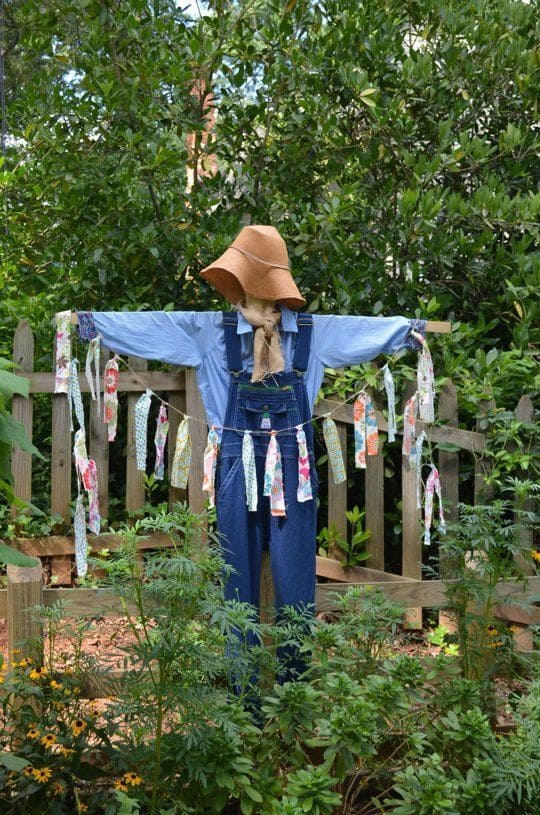
In my own garden, I rotate between a spinning scarecrow, aluminum pie tins, and a solar owl whose eyes glow red at dusk. It’s a little strange but it works.
7. Don’t Invite Them In
This might seem obvious, but one of the biggest reasons animals keep coming back is unintentional feeding.
Bird feeders, compost piles, uncovered bins, and pet dishes can all lure wild creatures closer. Even a single snack can train them to return daily.
Final Thoughts
The truth is, we don’t live apart from nature, we live with it. That means animals will always be curious about what we’re growing.
The goal isn’t to create a garden that’s sterile or silent. It’s to send the right signals: “This isn’t for you.” With a little effort, a mix of strategies, and some patience, you can build a space where your plants thrive, and the local wildlife learns to admire from a distance.
